The opposite of a transitive verb is an intransitive verb. A verb is an intransitive verb if it is not used with a direct object. Remember, only nouns, pronouns, and noun phrases can be direct objects. Prepositional phrases, adjectives, and adverbs cannot be used as direct objects. Once again, both action and stative verbs can be used as intransitive verbs. "To be" verbs change almost more than any other verb.
In other words, they are very irregular. Let's learn how to use "to be" verbs correctly. Refer back to this lesson when you have questions about how to use them in the future. As stated before, the first person singular form of a regular verb form or to-be verb form is often the same as the simplest form of the verb. However, that's not always true with irregular verbs and words in the to-be form, such as was or were. This will be discussed later in this guide.
Look below to continue learning about the other subject forms and examples of their verb conjugation English use. In our regular Grammar 101 series, we look at commonly confused words like"its" vs "it's". Verb tenses inform us how an action relates to time and can create a lot of confusion if used incorrectly. We suggest you familiarise yourself with the different verb tenses as verbs can change forms depending on the tenses they are used in. The general rule for the past simple tense is to add "ed" at the end of the verb, but this doesn't apply to all verbs.
A regular verb forms its verb tenses, especially thepast tenseandpast participle, by adding one in the set of generally accepted standardized suffixes. Regular verbs are conjugated by adding -d, -ed, -ing, or -s to its base form, unlike irregular verbs which have special rules for conjugation. The progressive form expresses continuous actions that happen over a period of time.
They almost always involve some combination of the verb "to be" paired with the main verb ending in -ing. In these constructions, the "to be" verb will follow the standard rules for subject verb agreement. The examples below have sentences using "to be" verbs in different tenses. Auxiliary verbs, or "helping verbs," are used in English to change another verb's tense, voice, or mood.
When auxiliary verbs are used, there's always a main verb that represents the main action. However, the auxiliary verb must still be conjugated correctly. Future progressive verbs express actions that will begin in the future and be continuous. In future progressive, the main verb is paired with the future tense of the verb "to be" to show that the action will begin in the future. Present progressive verbs express actions that are continuous, and are still happening at the present moment. In present progressive, the main verb is paired with the present tense of the verb "to be" (is/are) to show that the action is happening currently.
You already know quite a lot about how to get verb forms to agree with the subject in a sentence. If you're learning English as a second language, you may wonder about imperfect verb conjugation. In Lesson 4, you learned that helping verbs are used with main verbs to help complete the main verb's meaning. To be is a helping verb when used in the progressive tenses or the passive voice. Helping verbs, also called auxiliary verbs, are helpful verbs that work with other verbs to change the meaning of a sentence. A helping verb combines with a main verb in order to accomplish different goals.
These include changing the tense of the verb or altering the mood of a sentence. The past participle is used for the perfect tenses. In regular verbs, it's the same as the simple past tense, so there's nothing extra to learn. However, irregular verbs often use unique past participles, so you may have to memorize their forms. When giving imperatives or commands, "to be" verbs stay in the base form of be and typically stay at the beginning of the sentence.
In these sentences, the subject is implied so it doesn't have to be written, that is why you only see the "to be" verb followed by the complement. Past progressive verbs express actions that began in the past and were continuous, but did not continue into the present. The future tense is used to express circumstances that will occur in the future. The future tense is different from the present and past tenses in that there is not usually a type of verb conjugation that shows the future tense. Instead, future verbs are formed by combining them with words like will or shall, or the phrase going to.
The different future tenses are simple future, future progressive, future perfect, and future perfect progressive. For the next little while, we're going to focus on main verbs. So, forget about those poor little helping verbs for a bit, and let's turn our attention to action verbs and linking verbs. These two kinds of main verbs can act in four different ways. A transitive verb is a verb that is accompanied by a direct object in a sentence.
The direct object is the noun, pronoun, or noun phrase that is having something done to it by the subject of the sentence. Both action and stative verbs can have direct objects, which means they can both be used as transitive verbs. Unlike action verbs, stative verbs refer to conditions or states of being. Generally speaking, we use stative verbs to describe things like qualities, states of existence, opinions, beliefs, and emotions.
When used in a sentence, stative verbs do not refer to actions. It is important to know that some verbs can be used as either action or stative verbs depending on their meaning in the sentence. We are less likely to use stative verbs in the continuous verb tenses. Verb tenses can be difficult to learn in a foreign language. Different cultures think different ways about time.
Chinese, for example, has no grammatical verb tenses. Other languages, like Indonesian, express time only through adverbs — there are no changes to the verb form. Conjugation gives your reader or your listener important background information. You also saw examples of how you can tell when an action will occur in verb conjugation English tenses. You already know that to be often acts as a helping verb before a present or past participle.
However, some participles can also be used as adjectives . When to be is used with these adjectives, it is a linking verb, not a helping verb. If you're not sure if to be is a linking or helping verb in a particular sentence, just think about whether the participle is a description or an action. Let's take a look at some examples, starting with present participial adjectives versus present participles in the progressive tenses. When do you use "finishing" versus "to finish" versus "finished"? When we write sentences or clauses, we need to include a verb.
A verb is a word that we use to refer to actions and states of being . For example, the words describe, eat, and rotate are verbs. As you are about to see, verbs come in a lot of different types that don't all behave the same way. When using proper grammar, it is important that you use verbs correctly. So, we are going to explore the many different types of verbs that we use and how to successfully use them to create great, clear sentences.
The linking "to be" verb describes the condition of the subject. Below are a few sentence structures using the linking "to be" verbs. The previous section contained examples of what most beginners need to learn for using "to be" verbs correctly. In this section, we'll be covering many other ways to use them.
The correct "to be" verb to use depends on your subject and tense. This chart shows you proper subject verb agreement with "to be" verbs. Auxiliary verbs are also called helping verbs. An auxiliary verb extends the main verb by helping to show time, tense, and possibility.
The auxiliary verbs are – be verbs, have, and do. Even a casual review of your writing can reveal uses of the verb "To be" that are unnecessary and that can be removed to good effect. In a way, the "To be" verb doesn't do much for you — it just sits there — and text that is too heavily sprinkled with "To be" verbs can feel sodden, static. This is especially true of "To be" verbs tucked into dependent clauses and expletive constructions ("There is," "There were," "it is," etc.).
Note that the relative pronoun frequently disappears as well when we revise these sentences. Verbs in future perfect progressive express a continuous, completed action that will have taken place in the future. Use "will have been" combined with the -ingform of the main verb. The perfect progressive, just as you would expect, is a combination of the perfect and progressive aspects. Perfect progressive refers to the completed portion of an ongoing action. It almost always involves a form of the verb "have" and a form of the verb "to be" combined with a verb ending in -ing.
A verb is a word that expresses an action, describes an occurrence, or establishes a state of being. Every sentence needs at least one verb, which is paired with the subject. All verbs have tense, aspect, and mood, of which there is a wide variety of combinations.
These concepts are part of the foundation of accurately expressing your thoughts in writing. To form other verb tenses, you have to add a form of have, be or will in front of the verb. These are called helping, or auxiliary verbs.
Look at each tense and note how the suffixes change a regular verb form during standard conjugation. For this example, we'll use first person singular form, I. As you can see, among all the subject matches with all the regular verb conjugations the only change occurs with the third person singular form.
Here, the verb typically takes an -s suffix. This is the standard pattern with regular verb forms like to work, making this English verb conjugation easy to remember. Read more about verb tenses and forming plurals of nouns. There is also a third category of verbs which doesn't get any glory.
The reason that these guys don't get any of the fame that action and linking verbs get is because they don't stand alone as main verbs. When used with the present participle of other verbs it describes actions that are or were still continuing - auxiliary verb be [+ ing form of the main verb]. Shouldmustought tosemi-modal verbsneeddareused to We use the word "form" to mean the "shape" or "writing" of the actual verb itself. We use the different verb forms to make the tenses and other verb structures, but they are not the same thing. We use modal helping verbs to change the "mood" of the main verb.
As you see, modal verbs have only one form each. Our last type of verb isn't actually a verb at all—sorry about that! However, infinitives look a lot like verbs because they are derived from them. An infinitive of a verb is identical to the base form of the verb.
For example, the infinitive form of the verb open is open. Typically, we use infinitives with the word to in order to form infinitive phrases. Infinitive phrases can be used for a variety of reasons, such as to act like nouns, adjectives, or adverbs.
Linking verbs are a special type of stative verb whose name gives a big clue as to what they do. Linking verbs are used to link a subject with a subject complement. A subject complement describes or identifies the subject of the sentence or clause. Linking verbs can function as intransitive verbs, which do not take direct objects.
The "to be" verb used in the question tag must be the same one used in the statement. They do not work as verbs in the sentence rather they work as nouns, adjectives, adverbs, etc. Sometimes they become the subject themselves. This is the form of the "to be" verb used with the perfect and passive tenses, and it is the same for all the subjects. We use 'am' or 'was' with the pronoun 'I'.
We use 'is' or 'was' when the subject of the sentence is singular. We use 'are' or 'were' when the subject of the sentence is plural. A word, phrase, or clause that describes or qualifies the meaning of a word.
Modifiers include adjectives, adverbs, adverbs, prepositional phrases, participial phrases, some infinitive phrases, and adjective and adverb clauses. Problems arise with dangling modifiers where the agent of the action is not clear. Verbs in past perfect progressive express a continuous, completed action that had taken place in the past. Use "had been" combined with the -ing form of the main verb.






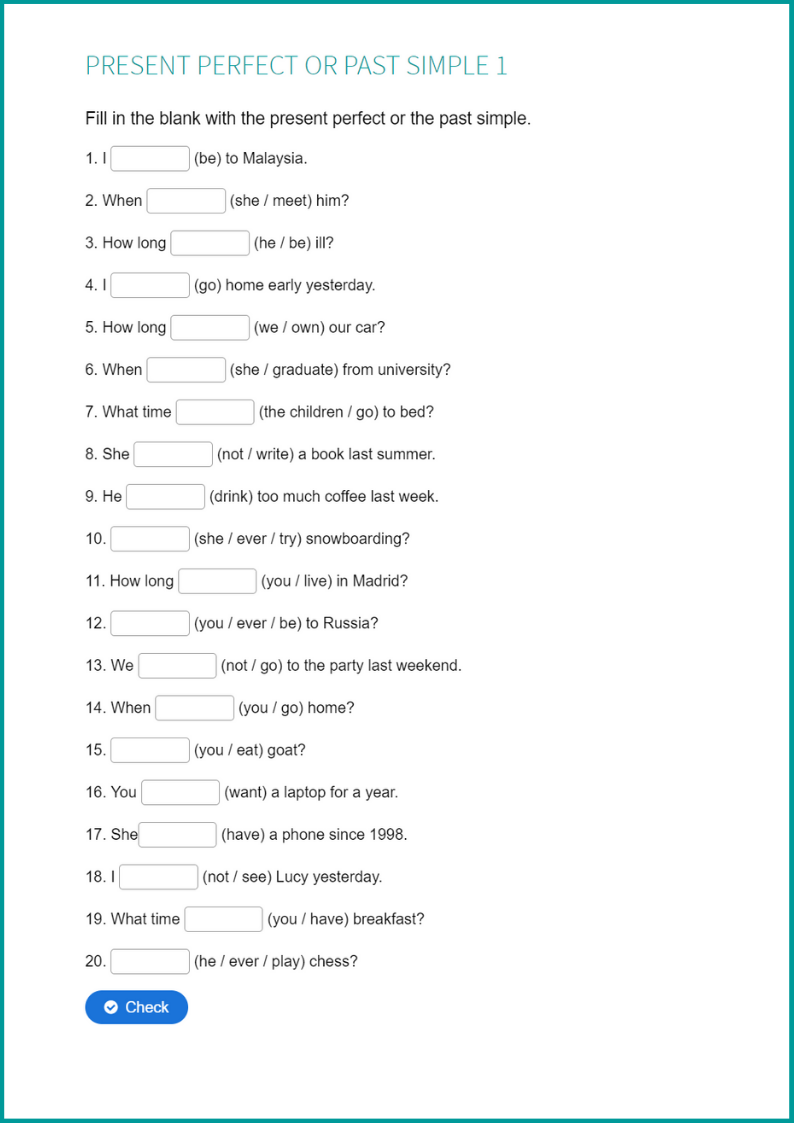

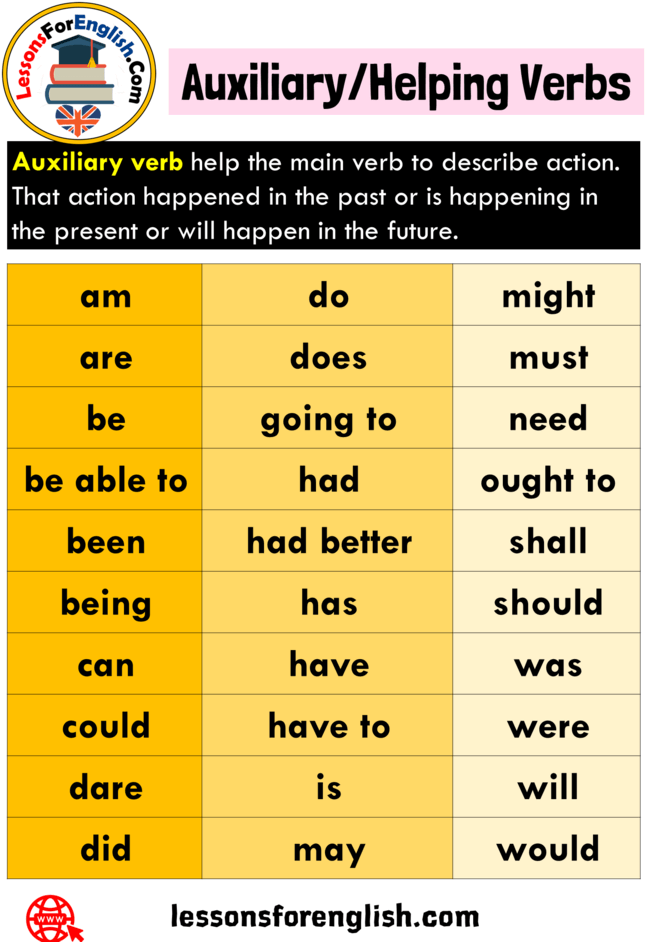




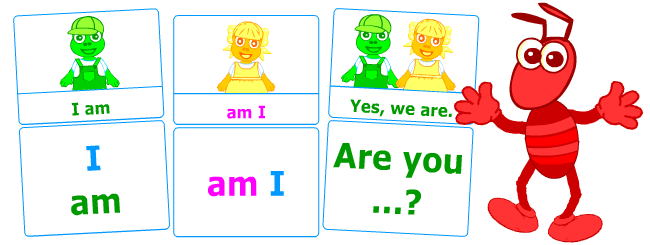

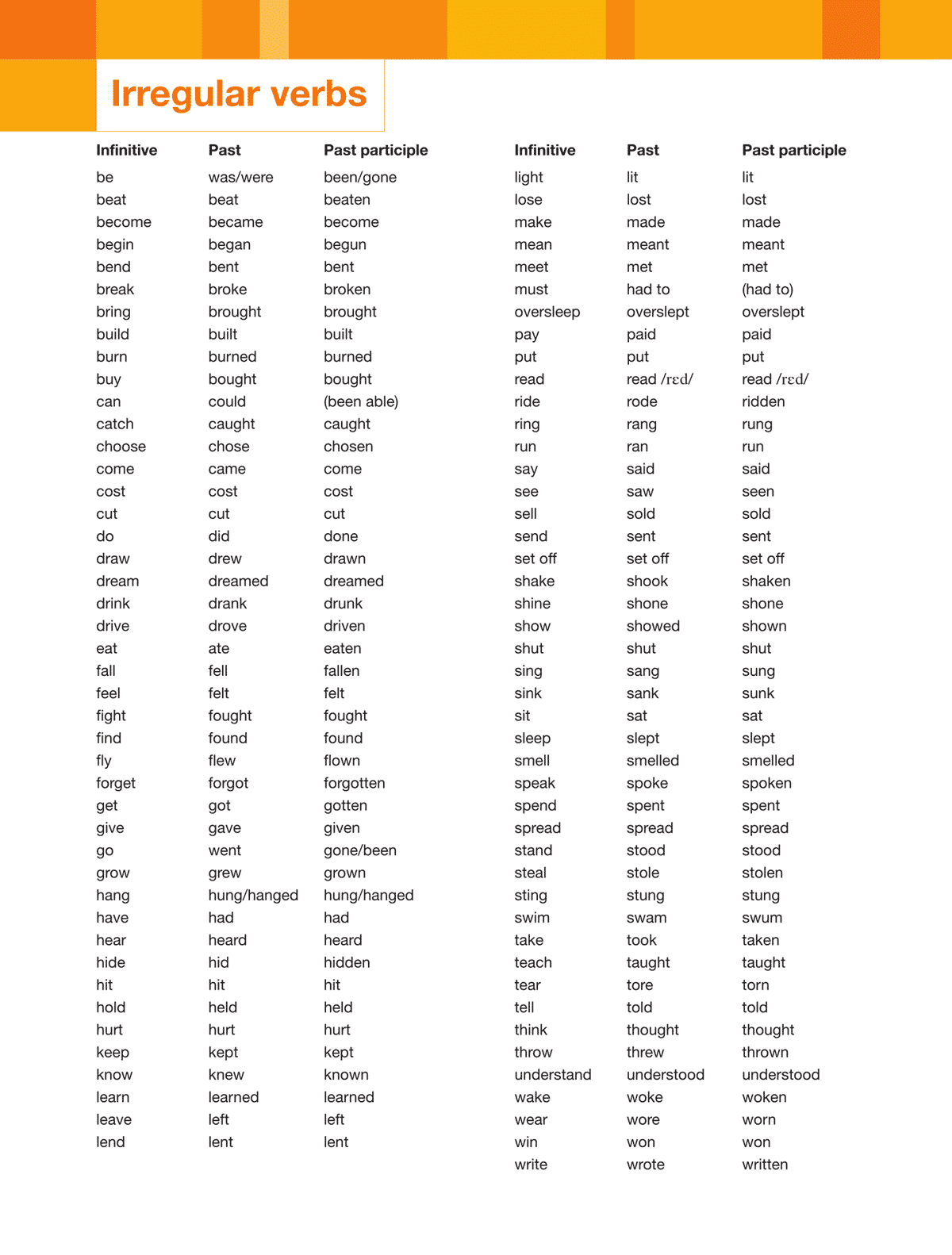

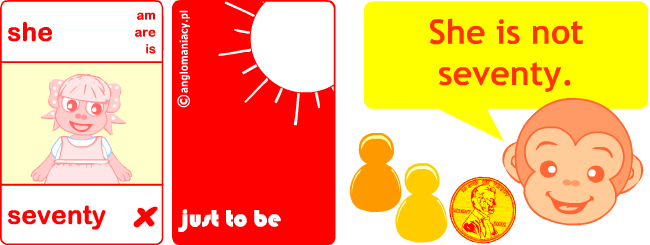











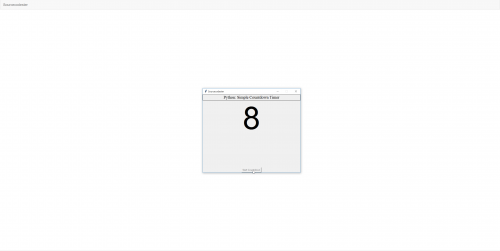
No comments:
Post a Comment
Note: Only a member of this blog may post a comment.